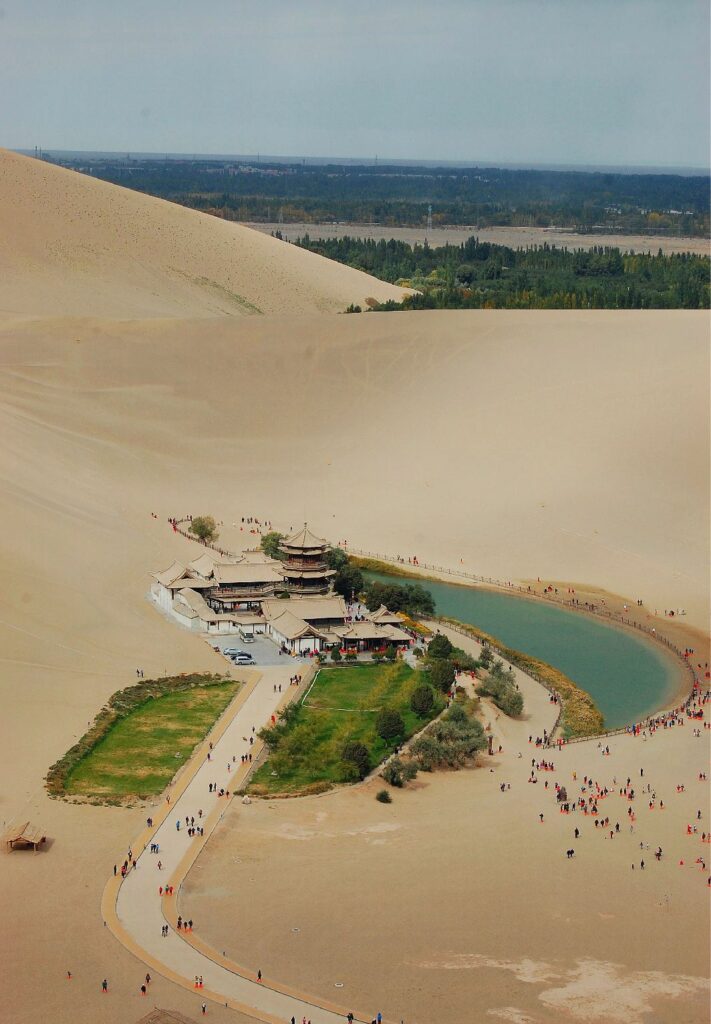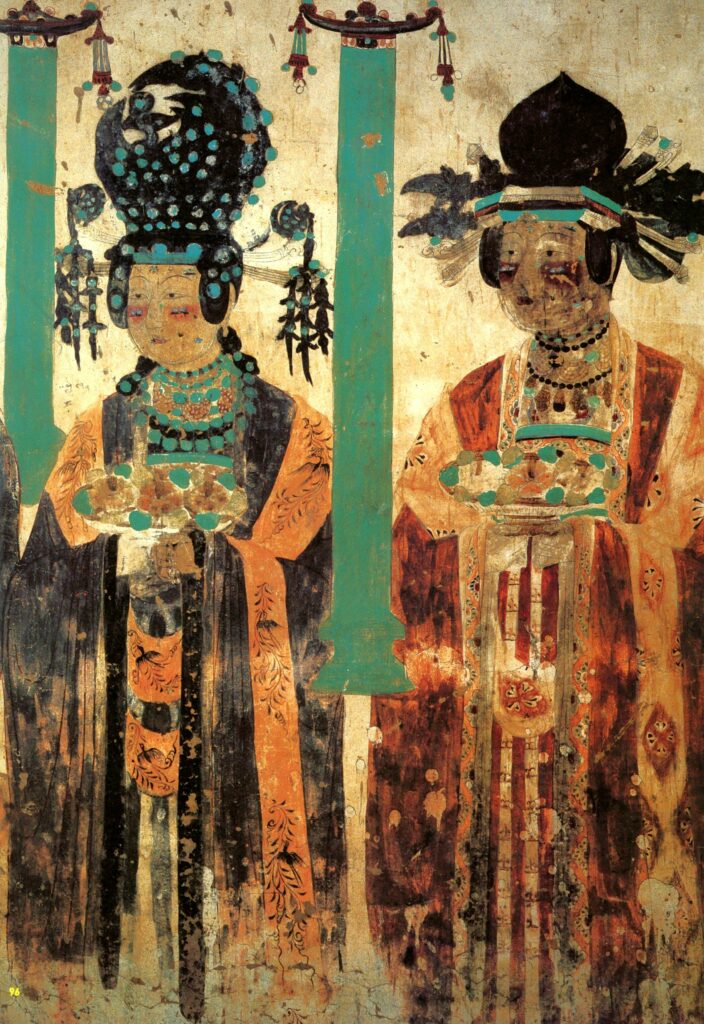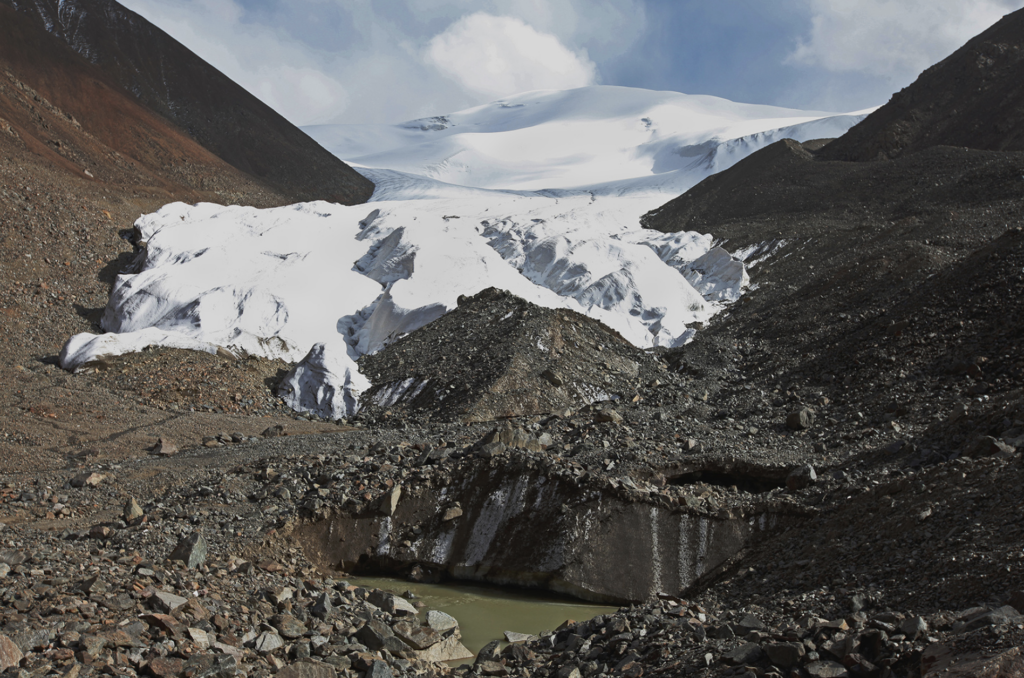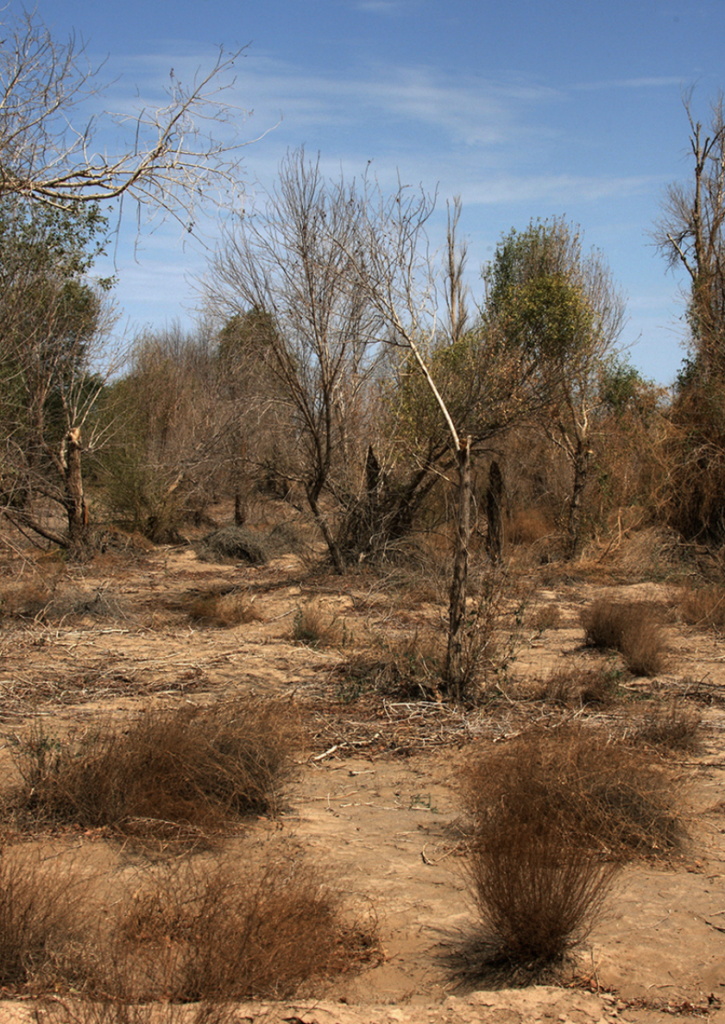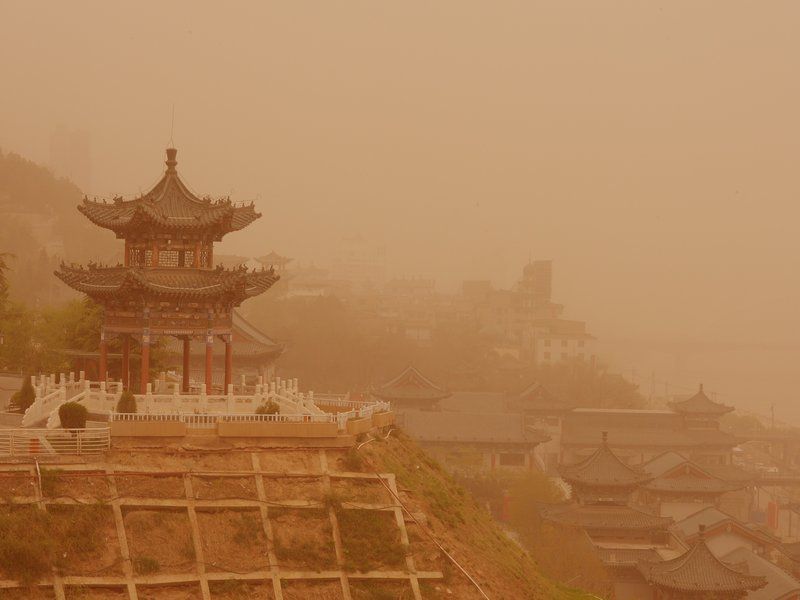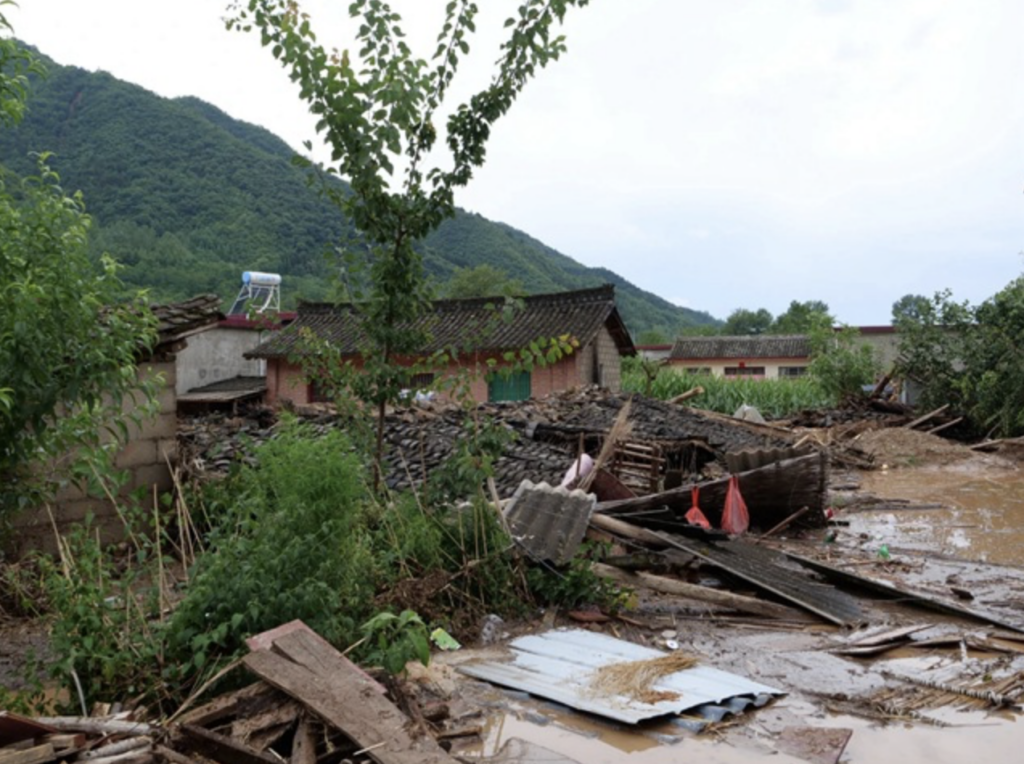CLIMATE CHANGE
Along Silk Road, Northwest China
Geographical Features
The arid central Asia composed of Northwest China and central Asia, is one of the most arid regions in the mid-latitudes and also the core area of the Silk Road civilisation. Northwest China is spread with vast deserts, Gobi and mountain ranges, as well as many glaciers and snow mountains.
Climate Change In Northwest China
As an ecologically vulnerable region, the Northwest China is sensitive to climate change. Between 1979 and 2018, the Northwest region in general is experiencing noticeable warming and wetting shifts. Although the wetting trend could contribute more water resources to the region, climate change in Northwest China has already had significant negative impacts on socio-economic and ecosystems, especially related to the increase in the intensity and frequency of climate extremes and the associated intensification of climate hazards.
Results
Heatwave
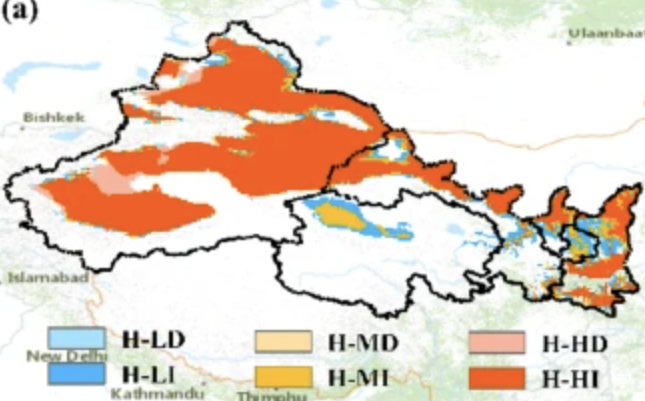
Classification of heatwave impacts across Northwest China. Red to blue indicates heat wave impacts from high to low. The last letter indicates the secondary hazards increasing (I) or declining (D).
The research results show a significant increase in extreme high temperatures in most of Northwest China, leading to more severe impacts of heat waves, with a mean annual temperature increase of 0.49°C/10a.
Extreme Rainfall
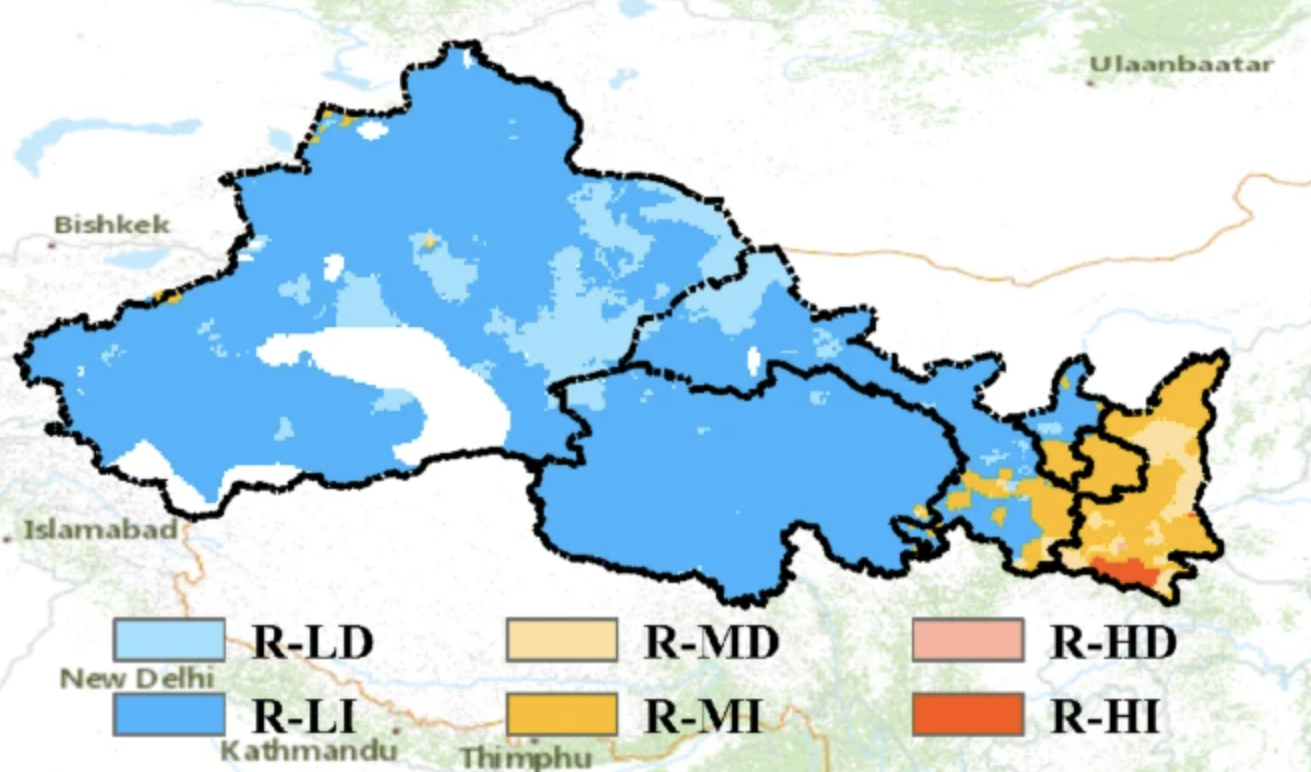
Classification of rainstorm impacts across Northwest China. Red to blue indicates heat wave impacts from high to low. The last letter indicates the secondary hazards increasing (I) or declining (D).
Extreme precipitation intensity generally increases in the Northwest China may lead to more severe impacts of heavy rainfall, triggering secondary natural disasters such as flash floods, landslides, and mudslides.
In Northwest China, where deserts are widely spread, rainstorm has had little effect on increasing underground water storage and has instead exacerbated soil erosion.
Melting
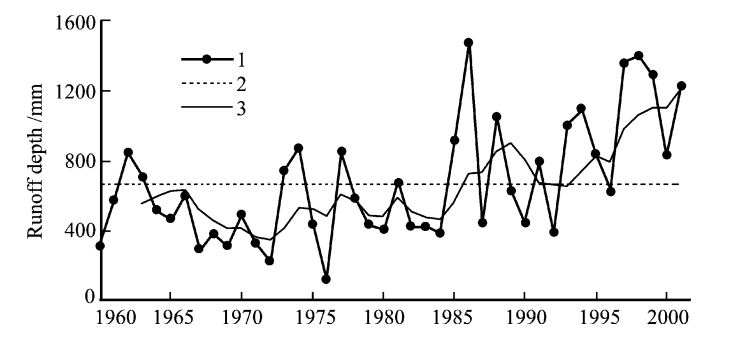
Variation of melt water runoff of glacier no.1 at the source area of the Urumqi River from 1960 to 2001
(1. Runoff depth; 2. Mean annual runoff depth; 3. 5-year moving average of runoff depth).
It is worth to notice that the wetting trend of increased water flow or expansion of lakes in Northwest China may not be due to the rise of precipitation. Global warming has led to increased melting of glaciers and snow mountains in Northwest such that rising river runoff and shrinking glaciers are occurring simultaneously.
Climate Disasters
Climate change and its associated disasters in Northwest China are having a serious negative impact on the rich cultural and natural heritage along the Silk Road as well as on the life of the local residents.
A large cultural heritage of cave temples exists along the Silk Road. In recent years, the cave complexes have all been affected by varying degrees of disease. This is due to an increase in the number of extreme rainstorms, which has led to an increase in the humidity of the caves, resulting in the peeling off of wall paintings and the growth of microorganisms.
Glacier complexes and oases in the Northwest China are also at risk of shrinking and disappearing. This is due to the melting of glaciers caused by the yearly increase in temperature. Despite increased river runoff, rising evaporation from the surface is preventing groundwater recharge.
Rise in the number of natural disasters affecting cities along the Silk Road. Sandstorms, rainstorms, floods and desertification of soils are increasing, with a huge impact on the life of the local residents and farming.
